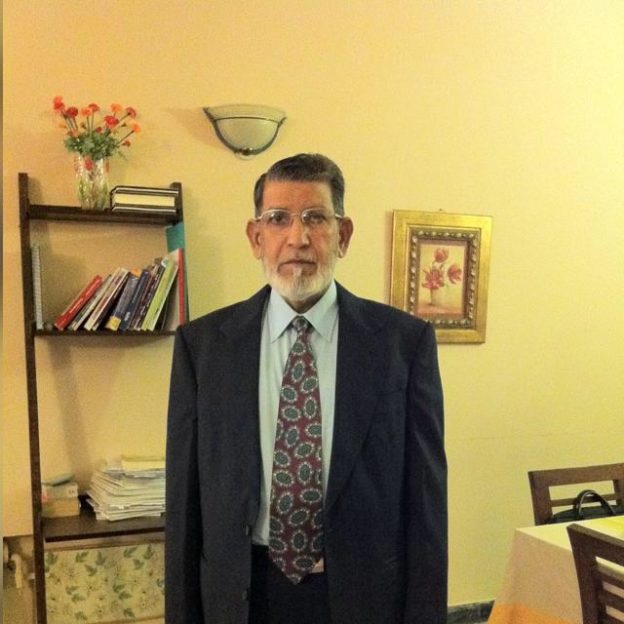A FOIF product which will revolutionize surveys and bring accuracy in Pakistan, Mirza
Employing his vast experience in surveying equipment in Pakistan, G.R Mirza has launched a new GPS-based technology for accurate and cost-effective surreys.
This is called Comprehensive Operating Reference Station (CORS) system which, as its features speak out, can bring a revolution in the country where a huge number projects are underway under China Pakistan Economic Corridor (CPEC).
‘A 100 CORS’ is a FOIF product which connects for data acquisition through a Sim and serves round the clock for companies involved in surveying and construction projects.
It is composed of choke a choke ring antenna, a FOIF A100 CORS receiver, and a GNSS Receiver.
It has a flexible CORS GNSS Receiver and multi data file formats and is compatible with other brands of CORS Systems.
G.R Mirza tells ER you need a desktop computer with 2/9 pin serial ports and UPS for a backup supply.
This system is a must for land surveying, GIS, deformation, agriculture, and forestry.
G.R Mirza said a single/multiple CORS can be established as for as 1000kms and data can be transferred through internet connections and rovers can work anywhere.
By this technique, we obtain 8000-10000 points per day which were never possible with conventional methods like total stations.
This technique is very useful in making contours, topographic surveys of long tracks, pipelines etc.
Advantages of GPS surveys
Three-dimensional coordinates are obtained with high accuracy. Sites inter-visibility is not needed and it can be easily operated day and night. It processes data rapidly and with high precision.
A presentation by G.R Mirza and Company claims it is much less labor-intensive and very few skilled personnel can accomplish the job.
Yet another advantage is that the companies can use the system already installed with G.R Mirza and they can get data on their respective destinations.
He says a GPS receiver must acquire signals from at least four satellites to reliably calculate a three-dimensional position. Ideally, these satellites should be distributed across the sky. The GPS receiver knows where each satellite is the instant its distance is measured. This position is displayed on the data logger and saved along with any other descriptive information entered in the field software.








